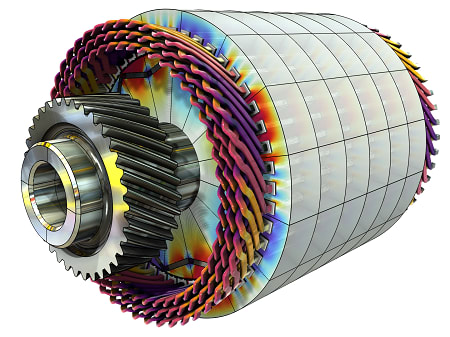PowersPE80
Civil/Environmental
- Apr 27, 2012
- 10
Hello,
Can someone please explain to me, without getting overly technical, what exactly a finite element analysis is?
Thanks.
Can someone please explain to me, without getting overly technical, what exactly a finite element analysis is?
Thanks.




